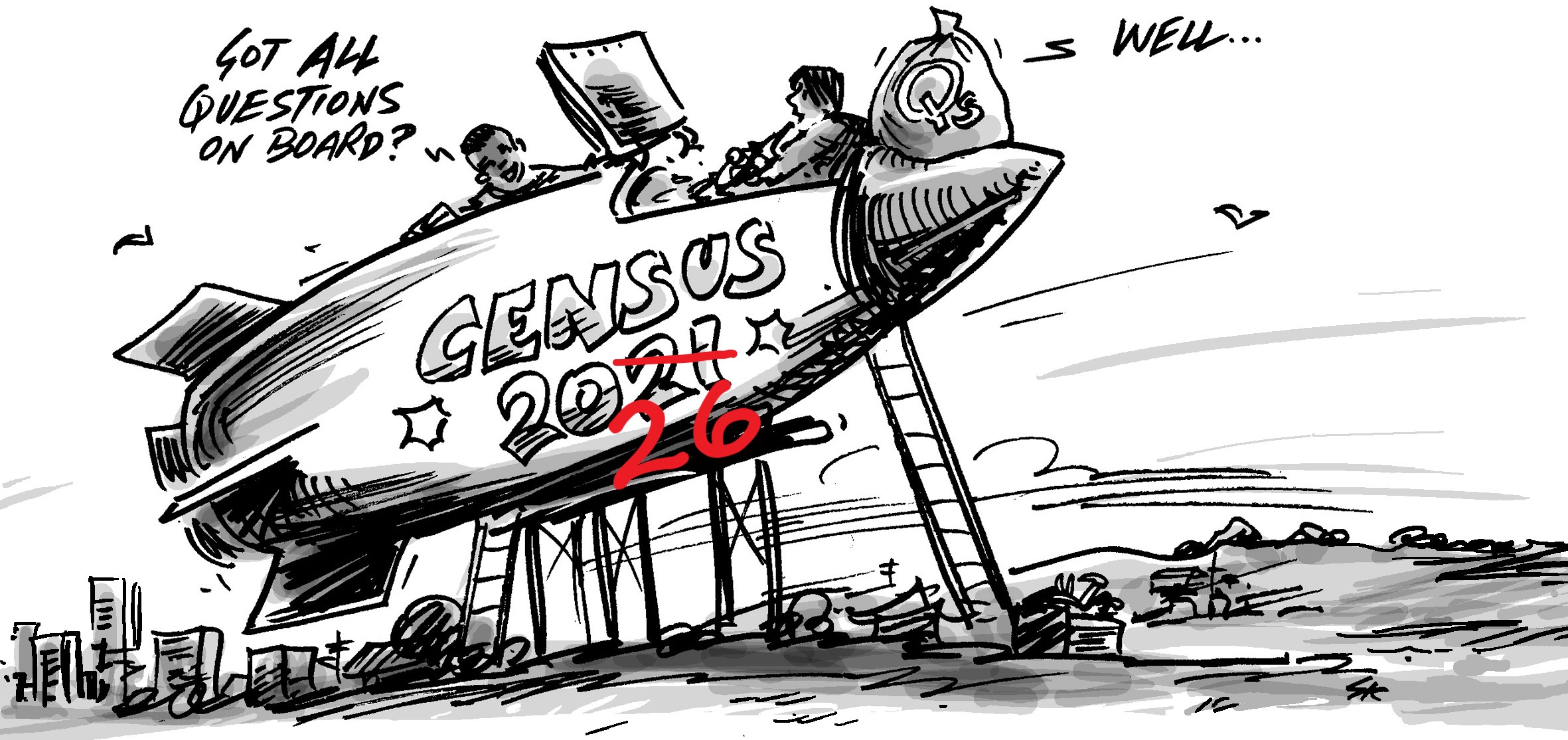We commonly get asked how homeless people are counted in the Census. Many councils have specific policies addressing the needs of the homeless, and accurate data is difficult to come by. The short answer is, yes, they are counted in the Census, but it is hard to separate them out from the rest of the population.
Each Census collector is responsible for getting a Census form to all the people who are staying in their collection area on Census night. This includes the homeless. In practice this is very difficult, as there isn’t a convenient dwelling to drop off a form at in many cases, and not all collectors go out into their areas on the actual night of Census.
So the Australian Bureau of Statistics has a number of strategies in place to improve the count. The main one is that teams of people from agencies who normally work with the homeless are recruited to go to known places where homeless people congregate, and enumerate them with special “interviewer forms”, which have only a small selection of the questions on the main Census form. If a homeless person is amenable and able to complete it, a normal form can be used as well. The collection period in 2006 was also extended for these groups, and they could be counted during the entire week of Census, not just Census day.
The ABS also works with homeless providers to get forms to people staying in homeless shelters, and boarding houses.
Nevertheless there is an undercount, and after every Census, two researchers well known for their work in understanding homeless populations, Chris Chamberlain and David MacKenzie, from Swinburne University in Melbourne, do a detailed analysis of the data, and supplement it with information from other sources, such as Supported Accommodation Assistance Program (SAAP) providers, and the National Census of homeless school students, to attempt to adjust for this undercount.
The upshot is a very informative publication which comes out around two years after Census, called Counting the Homeless, Australia (2050.0). State-based versions of the publication are also available from the AIHW, which contain more geographic detail. Unfortunately in most cases, they don’t contain data for Local Government Areas, though, as the ABS has deemed that it is not of sufficient quality to produce.
Nevertheless, homeless people are in the counts. The “primary homeless”, that is, people sleeping rough, generally outdoors, are in there. If you go to a community profile (eg. Yarra’s profile, here), go to “How do we live?->What type of dwellings do we live in?”. The category “Other dwellings” here includes shop-top flats, but also includes people in “Improvised dwellings, tents, sleepers out”. In Yarra, in 2006, there were 27 “dwellings” in this category, which was the primary homeless count.
Of course most homeless people aren’t actually sleeping rough, but are in shelters, crisis accommodation, rooming houses, or staying temporarily with friends and relatives. Counting the Homeless has details of all these categories. Unfortunately the ABS don’t release this at the Local Government Area level, though it is available for broader regions in the publication.
The homeless population was a hot topic of debate at the “Beyond the Count” conference in Melbourne on 3-4 March. On 31 March the ABS released a discussion paper – a methodological review of counting the homeless. They will be holding discussion forums about this review in each state and territory capital city throughout April and May 2011.
.id will be following developments in this area and we’ll keep you posted.
If you enjoyed this article, sign up to get updates via email or twitter (above) and don’t forget to share it.









